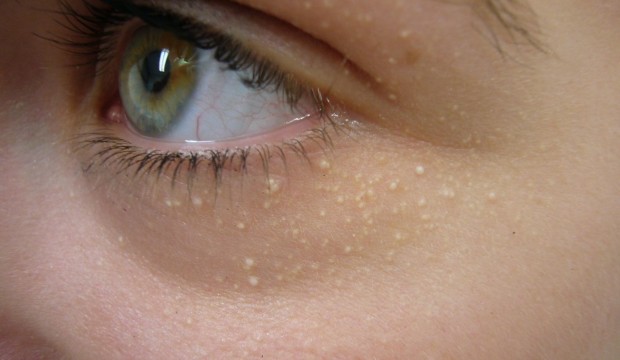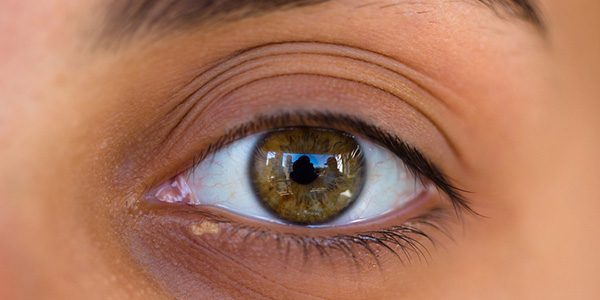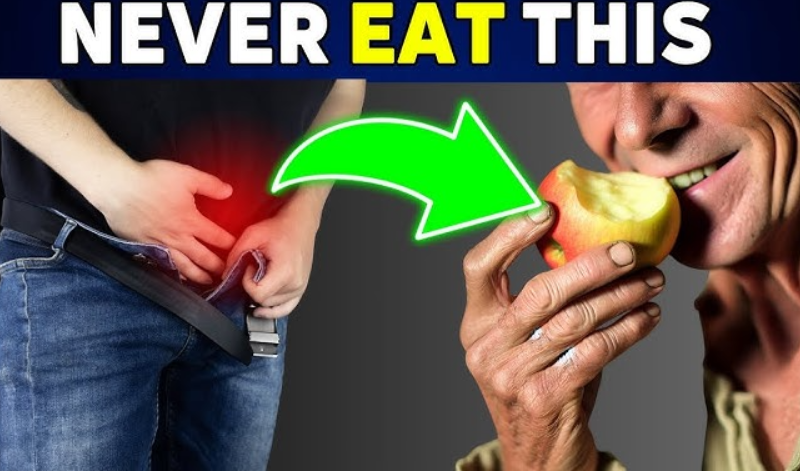Have you seen minor white or yellow spots on the eyelids, under the eyes, on the nose or on the cheeks? These stubborn small growths are called milia and actually represent small cysts that form beneath the skin.
They occur when parts of dead skin cells remain trapped underneath and then turn into small solid white balls. Inside, there is keratin, a protein found in the skin and hair. They can grow up to 2 millimeters, but are often smaller. Despite the fact that they can create in everybody, they most regularly happen in infants. In grown-ups, in any case, they can keep going quite a while. In any case, in the two cases they are innocuous and as a rule don’t require treatment.
What causes their occurrence?
No one knows exactly what causes them and why some people are more pronounced than others. But, according to some reports, excessive use of heavy cosmetics can spur their occurrence.
Milk is also associated with certain health conditions, certain medications and skin traumas, such as burns, rashes, dermabrasions, and even tattoos. In those cases, it is an auxiliary mile and after that the pellets can show up anyplace on the body.
They can develop in some areas of the skin after the first bubbles, superficial ulcers or trauma from other procedures are first created.
A similar process occurs with sunburn. White balls can likewise happen when the skin is peeling, with small pieces of epidermis remaining trapped beneath the surface of the skin.
There are likewise sedates that can add to their improvement, for example, tyrosine kinase inhibitors that treat different tumors and corticosteroids.
How to get rid of them?
The mile should not be healed. The pellets are usually lost within weeks to months. But you’ll probably want to get rid of them without waiting for them to back down. As with other skin irregularities, milia should not be squeezed as it will only worsen the condition of the face.
You can visit a dermatologist and it is certainly prudent to deal with the individual despite the fact that inappropriate consideration or unhygienic consideration isn’t the reason.
Washing the face or sitting under warm running water in the shower can soften them, making it easier for the dermatologist to remove.
Some attempt to dispose of them at home utilizing a rose water or honey, however there is no proof that they truly help. It is also not advisable to use peels, as they can worsen the situation.
There is some proof that vitamin A-based retinoids can help with the treatment, so in the event that you have too much, so if you have too many, your doctor may prescribe.
When should you visit a dermatologist?
If you have decided that you want to get rid of these small balls, visit a dermatologist. They are benign and require no treatment, but your dermatologist can diagnose them and help if they are irritated or aesthetically disturbed.
Removing yourself in the office is simple because they are superficial, but it still emphasizes not trying to do this yourself.




